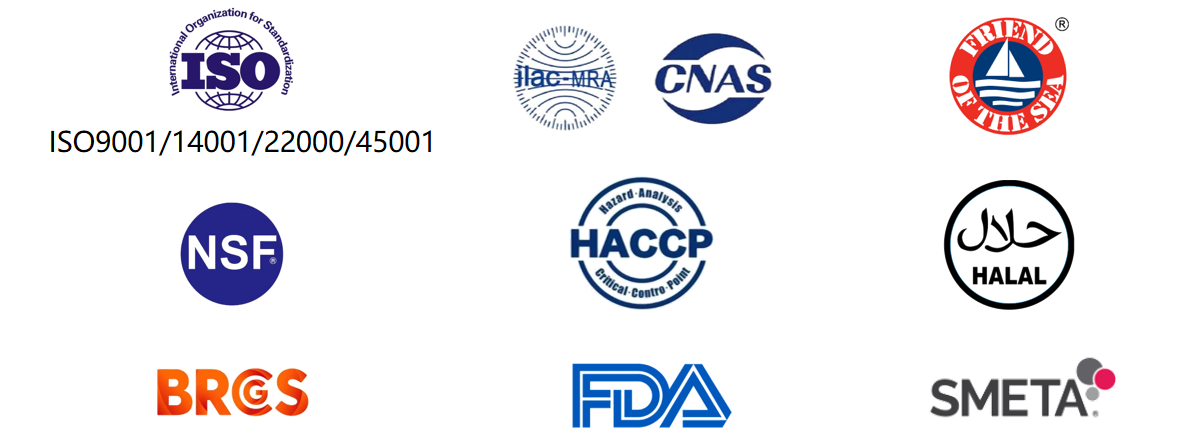| Basic Information | |
| Product name | Garlic Tablet |
| Other names | Allicin Tablet,Garlic+Vitamin Tablet,etc. |
| Grade | Food grade |
| Appearance | As the customers' requirements
Round,Oval,Oblong,Triangle,Diamond and some special shapes are all available. |
| Shelf life | 2-3years, subject to store condition |
| Packing | Bulk, bottles, blister packs or customers' requirements |
| Condition | Preserve in tight containers,protected from light. |
Description
Allicin is a compound that may help ease inflammation and block free radicals, unstable molecules that harm cells and tissues in your body. The compound is one of garlic's primary active components and gives it its distinct taste and scent.
The amino acid alliin is a chemical found in fresh garlic and is a precursor of allicin. An enzyme called alliinase is activated when the clove is chopped or crushed. This enzyme converts alliin into allicin.
Function
Many studies have shown that the allicin in garlic may support health in various ways. Here's a look at some of the more compelling evidence.
Cholesterol
In general, adults in the study with slightly elevated cholesterol levels—above 200 milligrams per deciliter (mg/dL)—who took garlic for at least two months had lower.
Blood Pressure
Research suggests that allicin may help lower blood pressure and keep it within a healthy range.
Infection
Garlic is a natural antibiotic whose use has been documented since the 1300s. Allicin is the compound responsible for garlic's ability to fight illness. It's considered broad-spectrum, meaning it's able to target the two main types of bacteria that cause disease.
Allicin also seems to enhance the effect of other antibiotics. Because of this, it may help combat antibiotic resistance, which happens when, over time, bacteria do not respond to medicines meant to kill them.
Other Uses
In addition to the potential health benefits listed above, some people use allicin to help muscle recovery after a workout.
By Megan Nunn, PharmD
Applications
1. People with weakened immunity
2. Patients with liver disease
3. Patients before and after surgery
4. Patients with cardiovascular and cerebrovascular diseases
5. People with hypertension, hyperglycemia, and hyperlipidemia
6. Cancer patients









